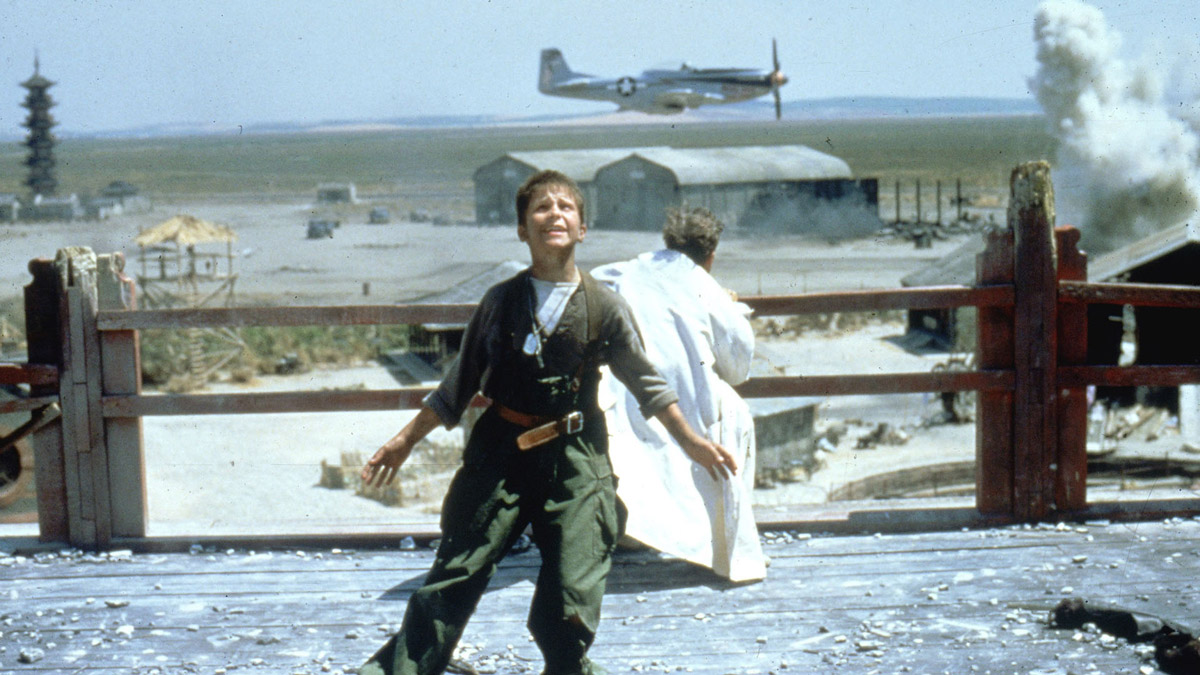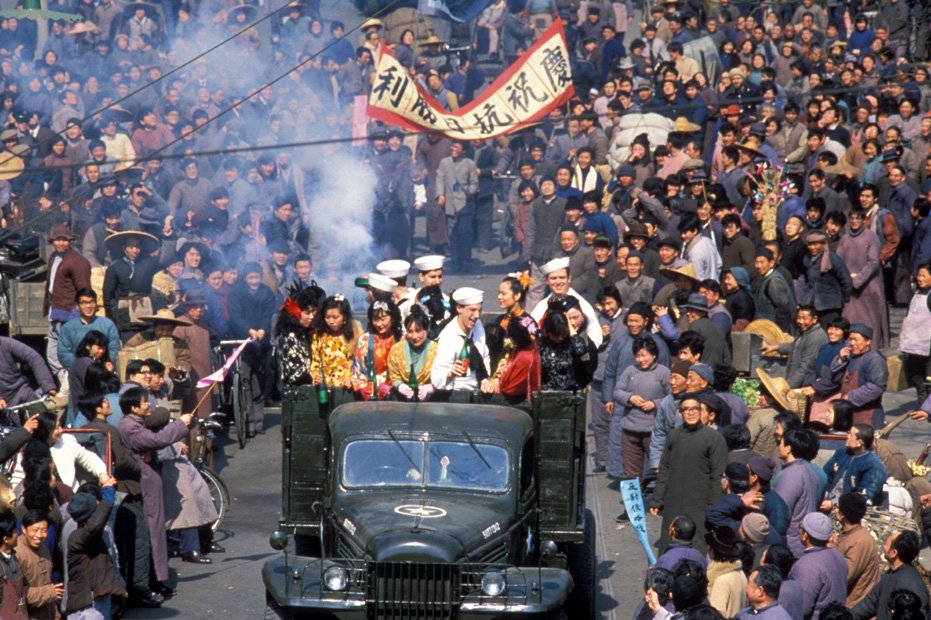
(c) 2019 Warner Bros. Entertainment Inc. All rights reserved.
"Empire of the Sun" A monumental work that made Steven Spielberg a "socialist"
2019.08.12
Overwhelming visual beauty of ``China location'' made possible by the director's long-cherished desire
Spielberg was fascinated by J.G. Ballard's original novel and had various ideas for making it into a movie. First, the film was adapted from Ballard's original story, and Spielberg hired Tom Stoppard to write the screenplay. Stoppard was a playwright active in the British theater world, and in addition to writing plays, he also distinguished himself as a film scriptwriter. Before writing ``Empire of the Sun,'' he was in charge of the script for the cult film ` `Brazil '' (1985), which was nominated for an Oscar.
The script written by Stoppard was extremely faithful to Ballard's original story. It is no wonder that Spielberg, who felt so much sympathy for the boy in the original story, ordered Stoppard to create an adaptation that was faithful to the original story and kept its essence intact.
For the music, John Williams, now a legendary composer in Hollywood, was used to create a magnificent yet delicate score that tells the story of a young boy's romance and the tragedy of war. Christian Bale, who was discovered by Spielberg, was chosen from over 4,000 candidates and made his screen debut as the main character, a young boy. Additionally, Norman Reynolds, who worked with him on `` Raiders of the Lost Ark' ' (1981), was invited as production designer. The production team included Spielberg's allies Kathleen Kennedy and Frank Marshall, creating a thorough lineup. And Spielberg was acutely aware that filming on location in China was essential for this film.

“Empire of the Sun” (c) 2019 Warner Bros. Entertainment Inc. All rights reserved.
Spielberg searched for an image of pre-war Shanghai, the setting for the film, and searched for locations in cities similar to Happy Together, Vienna, Liverpool, Stockholm, etc., but to no avail. No matter where you look in the world, Shanghai is the only place in the world that has the unique aroma of a fusion of European and Chinese culture. The staff is ready. The rest depended on patient negotiations with China in preparation for filming on location in China. After nearly four years, Spielberg became the first Hollywood film to film on location in China after World War II.
With the cooperation of the Shanghai Film Corporation, the filming was extensive. Spielberg led a crew of about 500 people on Chinese soil and filmed for 16 weeks with about 15,000 extras. The cityscape of Shanghai, which retains its pre-war flavor, is vividly captured through the skill of cinematographer Allen Daviau. The overwhelming number of extras, the towering Western-style buildings in Shanghai, and the chaotic scenery around the Concession caused by the Japanese invasion are a unique visual experience that was achieved through the director's long-awaited desire to film on location in China. You should feel it's worth it.

